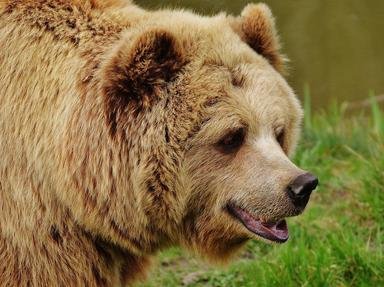
Bear Necessities Trivia Quiz
There are eight recognized species of bear in the family Ursidae. In this quiz I have included two outlier "bears" that are not actually family members, but carry the name nonetheless. Can you match the bear on the right to the characteristic on the left
A matching quiz
by reedy.
Estimated time: 3 mins.